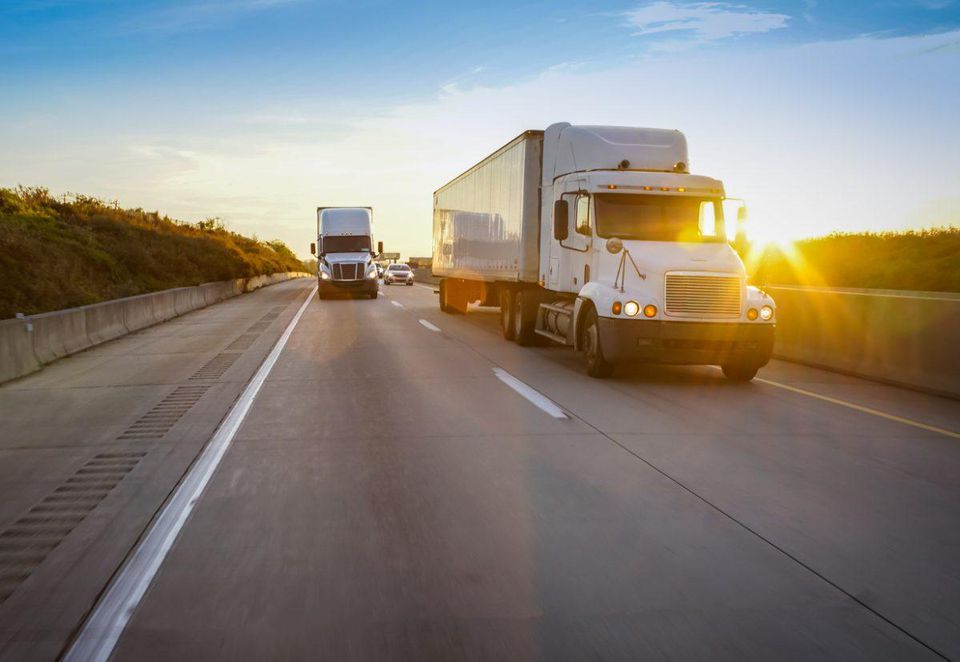
Few industries or business functions are experiencing as much disruption as logistics, supply chain and transportation.
In fact, according to a recent Forbes Insights survey of more than 400 senior transportation-focused executives, 65% say tectonic shifts in these areas are driving an era of profound transformation.
Whether your products rely on ground, rail or sea to reach end-customers, today’s levels of disruption are unprecedented. Industry providers and those managing their own transport needs now must rethink everything from warehouse locations to logistics technologies to fleet and carrier strategies.
So what’s driving change within the industry today? According to Forbes Insights research, there are four primary forces:
- Shifting economic industry fundamentals: The economy is surging with lower U.S. taxes, and related reforms, such as accelerated depreciation and incentives to move offshore cash home, are helping drive demand. Coupled with strong consumer confidence and a resurgence in U.S. manufacturing, the net result is more freight demand, more loads and more vehicles on highways that stress industry capacity. Add to this a chronic driver shortage and conditions become ripe for significantly higher transportation costs, so much so that companies like Hershey’s and Sysco report commensurate reductions in margins.Overall, says Avery Vise, vice president of trucking research at FTR Freight Intelligence, “key indicators of freight demand such as manufacturing and construction remain strong. Aside from any major negative impacts due to trade relations, which is difficult to forecast at this stage, freight demand should lead to even stronger trucking conditions in the near term.”
- The rise of the “Amazon” effect: As demand rises, fundamental distribution patterns are shifting—and radically so. In particular, customer demands for ever more rapid fulfillment are forcing businesses of all kinds to warehouse their goods ever closer to intermediate and end-customers.“The effect of Amazon is heightened expectations,” says C. John Langley, a clinical professor of supply chain management and the director of development for the Center for Supply Chain Research at Penn State’s Smeal College of Business. “Next week is no longer good enough. It’s got to be on its way now and arrive at destination within a day or two,” he adds.The net impact is profound. As the CEO of another large transportation provider explains, “Loads used to see two, three, maybe four touches before the goods were in the hands of the end-consumer.” But today, getting goods to consumers faster means “seven, eight or nine touches moving the freight to a network of warehouses and forward positions.” In short, says the executive, “that final mile is being redefined almost every day.”
- Advances in frontline technologies: Over-the-road challenges such as surging demand amid driver shortages may soon be addressed by profound technological advancement. Groups like Tesla, Waymo, Starsky Robotics and Embark are already road testing long-haul robotic trucks in states such as Arizona, California, Florida and Texas. As these technological marvels evolve, their developers insist they carry the potential to broadly automate transportation in the very near future. Certainly, executives in the industry must begin incorporating such developments into medium- and long-term planning.But not all are convinced of imminent change. For example, Mary Long, managing director of the Supply Chain Management Institute at the University of San Diego School of Business, says, “Wide-scale, routine, and fully autonomous deliveries are many years out.” But incremental progress will be ongoing, featuring a wide range of less ambitious, limited-scale pilots. “Platooning is the next big step,” she explains “and success there will help to open the door for [truly] driverless or remotely-piloted deliveries.”A similarly potentially impactful technology is the aerial delivery drone. Here, there have been numerous advances, including beta tests leading to successful deliveries. But even so, says Langley, “it may be a while before the use of drones will make any significant impact on local deliveries.”By contrast, a wide array of frontline safety technologies is already having a significant impact. For example, trucks of all sizes today can be equipped with lane departure warnings so if they start to veer left or right, the driver hears rumbling. Similarly, vehicles can be fitted with systems that will slow them if there’s a hazard ahead. Other safety features can include forward-looking cameras and radar, alerts for drivers when objects are in blind spots, adaptive cruise control and rollover stability.
- Advances in behind-the-scenes technology: If the prior three forces don’t seem disruptive enough, next consider the plethora of behind-the-scenes technological advances. Artificial intelligence, machine learning, blockchain, IoT/telematics—these and related tools carry the potential to confer enormous competitive insight and advantage to early adopters.According to Langley, the transport industry has always been data-focused. But today, he continues, “we see all of this added computing power—IoT/telematic data collection, data mining, artificial intelligence and machine learning—that can be focused on making better decisions.” This will drive refinement and innovation not only from an overall strategic and resource planning basis but also in real-time decisions. “Which routes, which carriers?” asks Langley. Those with the best information will be able to optimize their decisions and operations, leading to vastly improved performance.
For anyone operating in a logistics, supply chain or transportation related-capacity, change of this magnitude leads to a wide array of risks, but also opportunities. Companies need to decide whether to play “wait and see” or to act now. Whatever their decision, certainly, Langley says, “these are exciting times.”
To learn more, read “Logistics, Supply Chain and Transportation 2023: Change at Breakneck Speed.”
Source: Forbes



